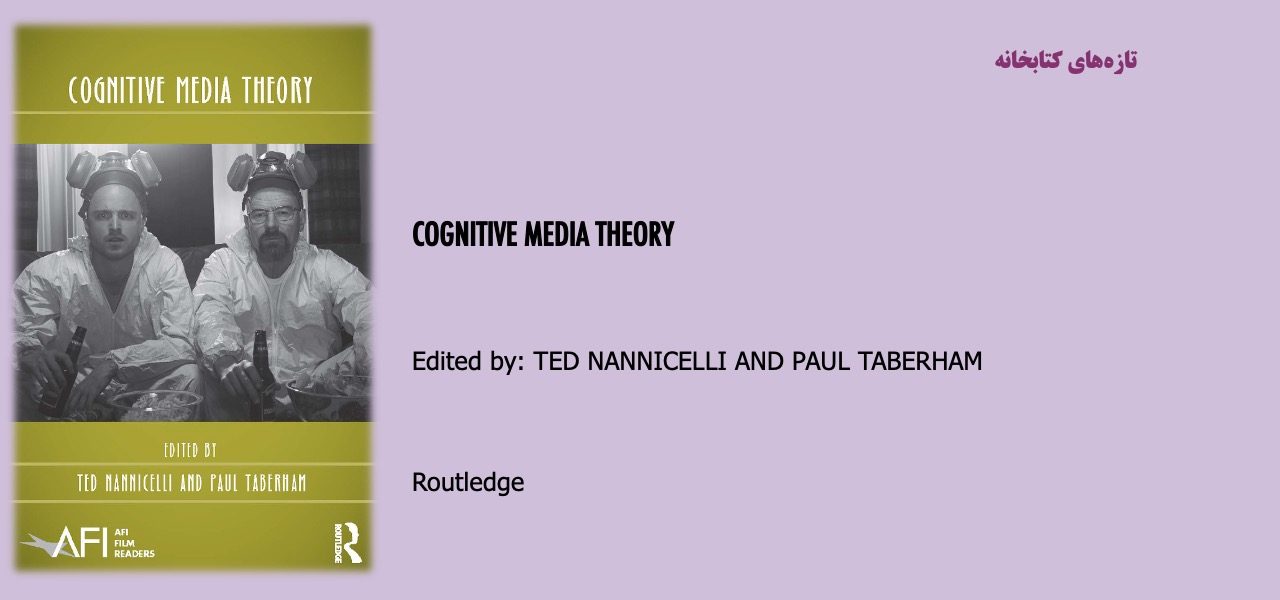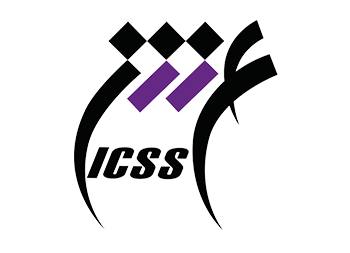COGNITIVE MEDIA THEORY

As we write this, cognitive theory in film and media studies is flourishing. What started in the 1980s, propounded by just a handful of scholars as an alternative approach to a theoretical orthodoxy in film studies, has become a thriving research tradition that is an increasingly visible and significant part of the broader field of film and media studies.1 Consider, as just some indicators of cognitive theory’s success in the field, the growth of the Society for Cognitive Studies of the Moving Image’s annual conference, which alternates between North American and European locations each year; the establishment of the award-winning journal Projections: The Journal for Movies and Mind, the creation of the Cognitive/Analytic Scholarly Interest Group within the Society for Cinema and Media Studies, and the blossoming of links with researchers in a variety of other fields—including literary studies, philosophical aesthetics, and the psychological sciences—which has led to the publication of recent books like The Routledge Companion to Philosophy and Film and Psychocinematics: Exploring Cognition at the Movies.
مطالب مرتبط

کتاب تمرین درمان شناختی – رفتاری برای مشکلات سلامت روان
۱ / اردیبهشت / ۱۴۰۴

درآمدی بر روانشناسی خرد
۱ / اردیبهشت / ۱۴۰۴

سرشت – چگونه سیمکشی مغزهای ما هویت ما را تعیین میکنند؟
۱ / اردیبهشت / ۱۴۰۴

